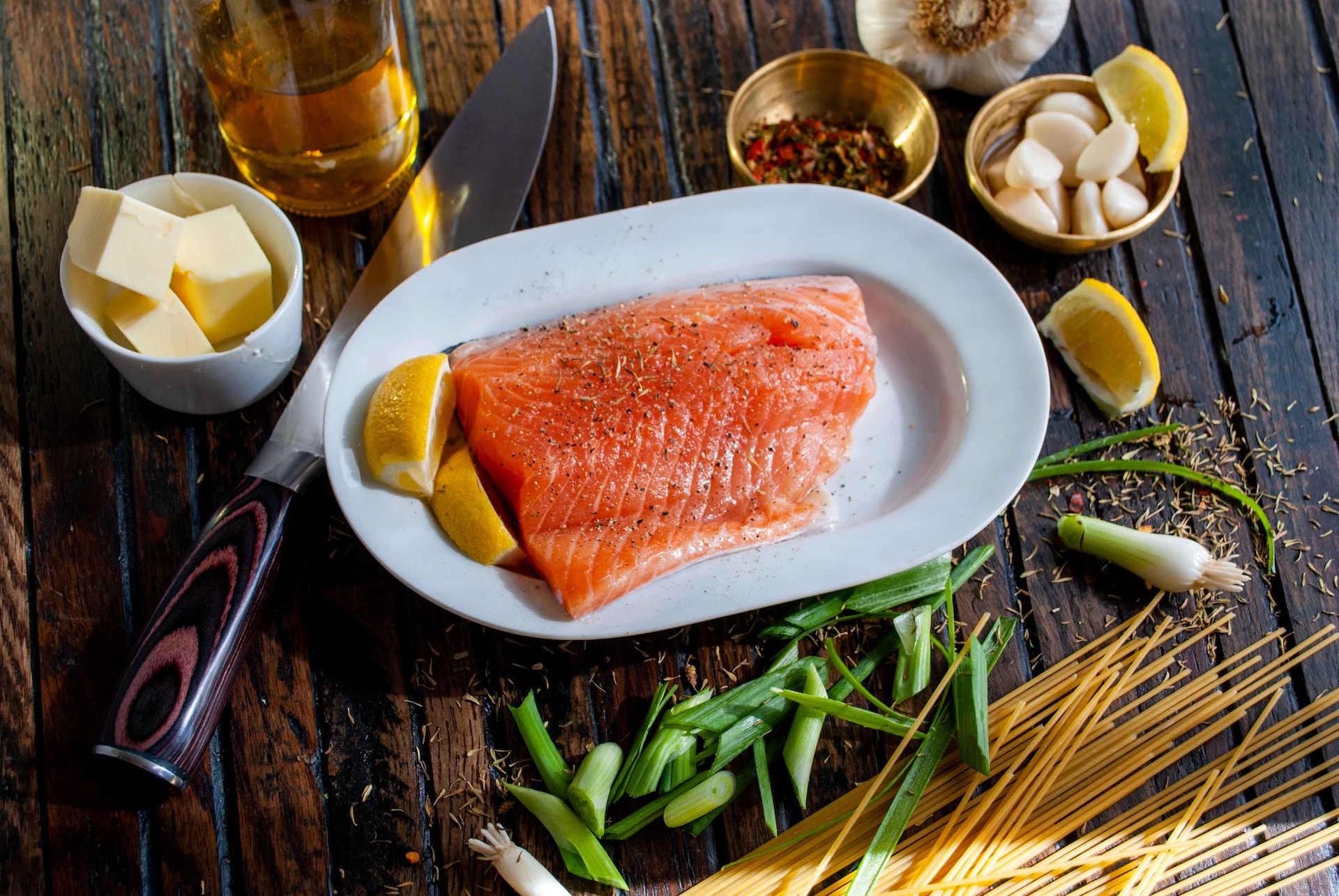Contents
Understanding the Basics of Keto
The Keto (Ketogenic) diet is a diet that minimizes carbohydrate intake and increases fat intake so that the body uses fat as its main energy source. This diet puts your body into a state of ketosis. Ketosis is a metabolic state in which the body begins converting stored fat into energy when carbohydrates are limited and the body cannot produce enough glucose (its main source of energy).
Keto diet staples contain high fat, moderate protein, and very few carbohydrates. Examples include meat, fatty fish, eggs, butter, nuts, healthy oils, avocados, and low-carb vegetables. On the other hand, foods high in carbohydrates such as sugar, soda, grains, fruits, and legumes should be avoided.
- Carbohydrate Restriction: The keto diet greatly limits carbohydrate intake. Typically, you only consume about 5-10% of your daily calories from carbohydrates. Restricting carbohydrates forces your body to look for other sources of energy instead of its usual source of energy, glucose.
- Entering Ketosis: When you lack carbohydrates, your body begins to break down fat for energy. During this process, molecules called ketone bodies are produced. Ketone bodies are made from fat in the liver and can be used for energy by several tissues, including the brain.
- Increased fat burning: In ketosis, your body uses fat as its primary source of energy. This leads to a reduction in body fat, which in turn helps with weight loss.
- Reduces insulin levels: Reducing carbohydrate intake lowers blood insulin levels. Insulin is a hormone that promotes fat storage, so lower insulin levels promote fat burning.
- Decreased Appetite: Keto diet reduces appetite. Ketone bodies have the effect of suppressing appetite, and high fat intake increases satiety.
Traditional Korean Foods vs. Keto-Friendly Alternatives
Traditional Korean food is often based on carbohydrate-rich ingredients like rice, noodles, and fruit, but there are also alternative foods for those following a keto diet. Here are some examples of traditional Korean foods and their keto-friendly alternatives:
- Bibimbap Substitution: Traditional bibimbap is made with rice, various vegetables, meat, and red pepper paste. For a keto-friendly substitution, use cauliflower rice instead of rice and substitute red pepper paste for a low-carb, sugar-free version.
- Gimbap Substitution: Gimbap usually contains rice, various vegetables, and sometimes meat. For the keto version, replace the rice with cauliflower rice or no rice at all and make the nori roll with just vegetables and meat.
- Tteokbokki Substitution: Traditional Tteokbokki is made with rice cake (rice cake) and sweet red pepper paste sauce. 누누티비 For a keto-friendly version, replace the rice cakes with a substitute made with low-carb ingredients and make the sauce a sugar-free version.
- Dumpling Substitution: Dumplings are mainly made by filling a dough made of wheat flour with various ingredients. The keto version uses low-carb filling using almond flour or coconut flour instead of flour, or prepares the dumpling filling only with meat and vegetables without the blood.
The keto diet can have positive effects on weight loss, improved energy levels, and blood sugar control, and these changes may also indirectly affect sexual health. For example, weight loss can lead to improved confidence and better physical fitness, which can increase sexual satisfaction.
- Hormonal Balance: The keto diet can help stabilize blood sugar and insulin levels. Because insulin is closely related to other hormones, especially sex hormones, stabilizing insulin levels can have a positive effect on hormonal balance.
- Weight Loss and Self-Confidence: Weight loss can improve self-confidence, which can have a positive impact on sexual satisfaction.
- Increased Energy Levels: The keto diet provides a sustained supply of energy, which can allow for more active and sustained activity in your sex life.
Meal Planning and Preparation
Essential Ingredients for a Korean Keto Kitchen
When eating Korean restaurants while maintaining a keto diet, it is important to choose foods that are low in carbohydrates. Avoid foods high in carbohydrates such as rice, noodles, and bread, and choose dishes that focus on meat or seafood. Jangjorim, ribs, pork belly, seafood stew, etc. are good choices. Eat kimchi and other low-carb vegetables served as side dishes in moderation. However, be careful with red pepper paste or soy sauce as they may contain sugar.
Sample Keto-Friendly Korean Meal Plans
Some Korean street foods are suitable for the keto diet. For example, charcoal-grilled pork belly or chicken skewers are good choices. Additionally, seafood and vegetables wrapped in seaweed are low in carbohydrates and are suitable for the keto diet. However, you should avoid foods high in carbohydrates, such as fried foods or tteokbokki.
Tips for Meal Prepping and Storage
To find keto-friendly dishes on a Korean food menu, you can make requests like ‘without rice’ or ‘without noodles.’ For example, you can order ‘bibimbap without rice’ or ‘without ramen noodles.’ Also, when ordering meat or seafood dishes, check if sauce is provided separately, and if possible, choose a sauce with less sugar or reduce the sauce. If you’re not sure about the menu, it’s a good idea to ask the staff to recommend low-carbohydrate options.
